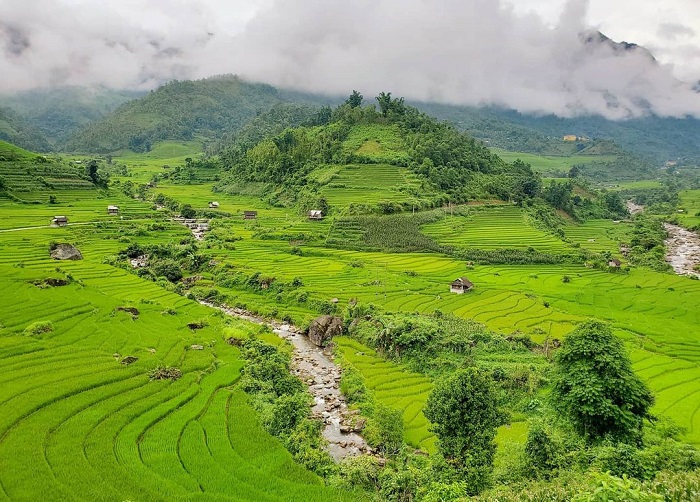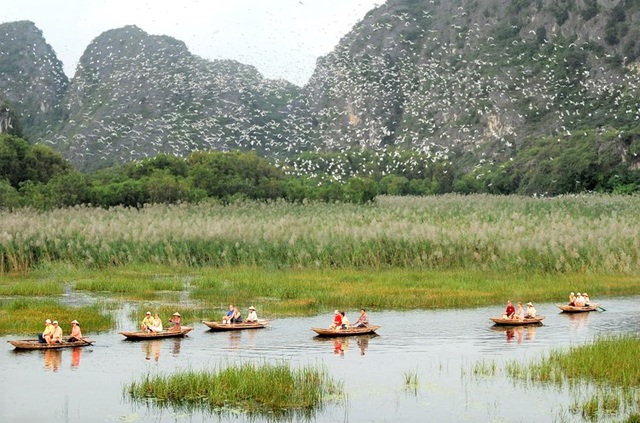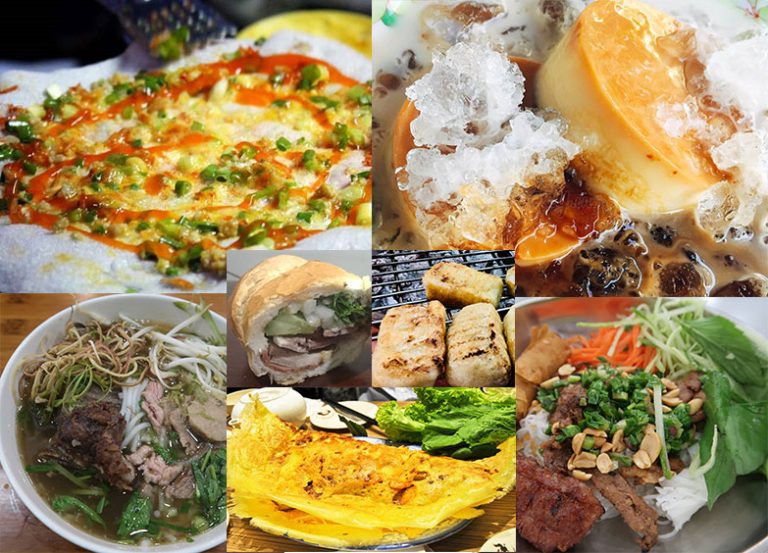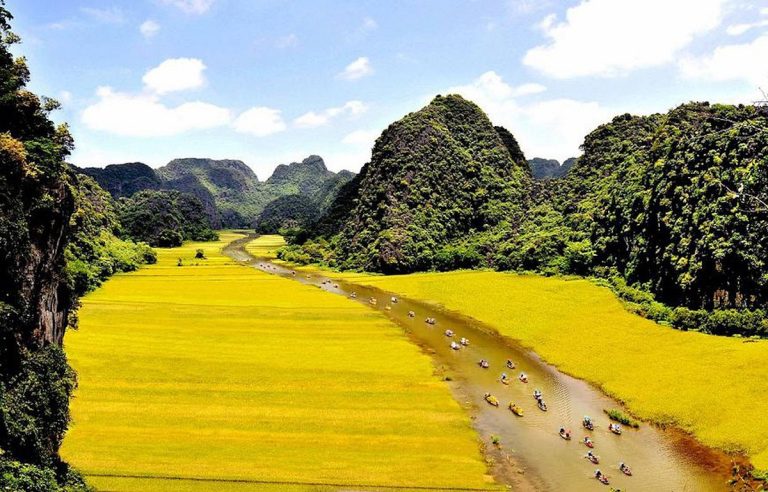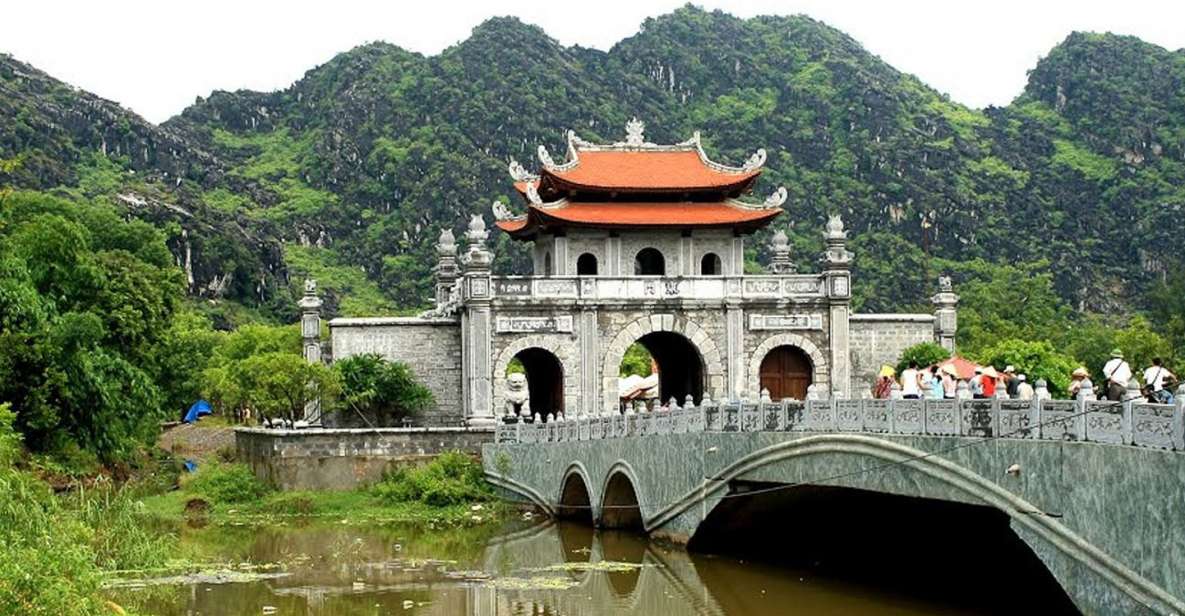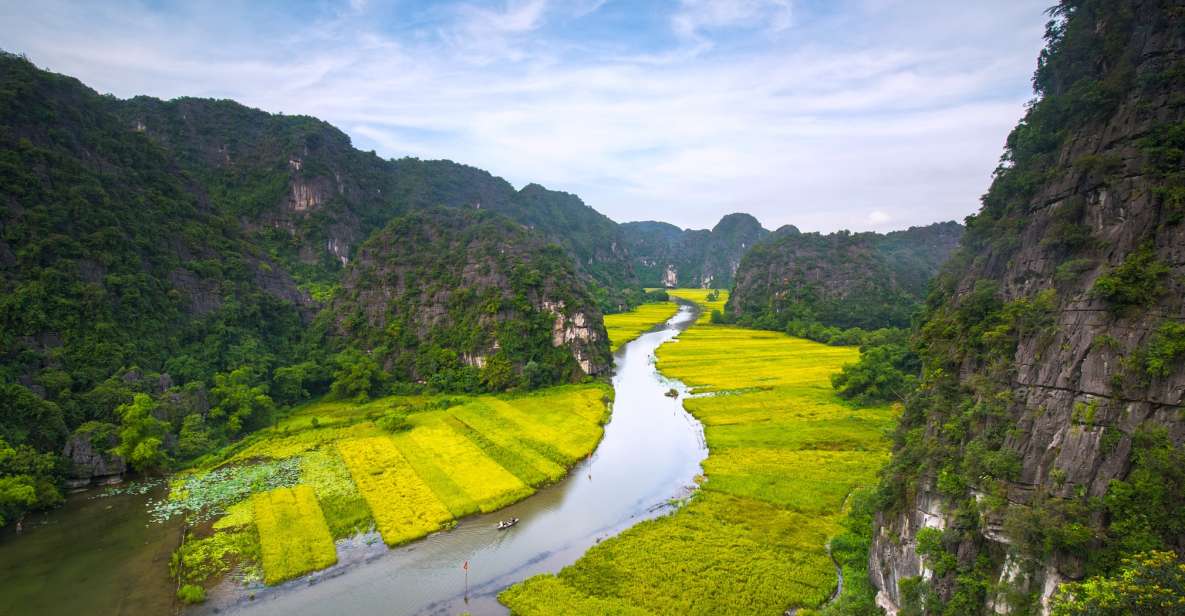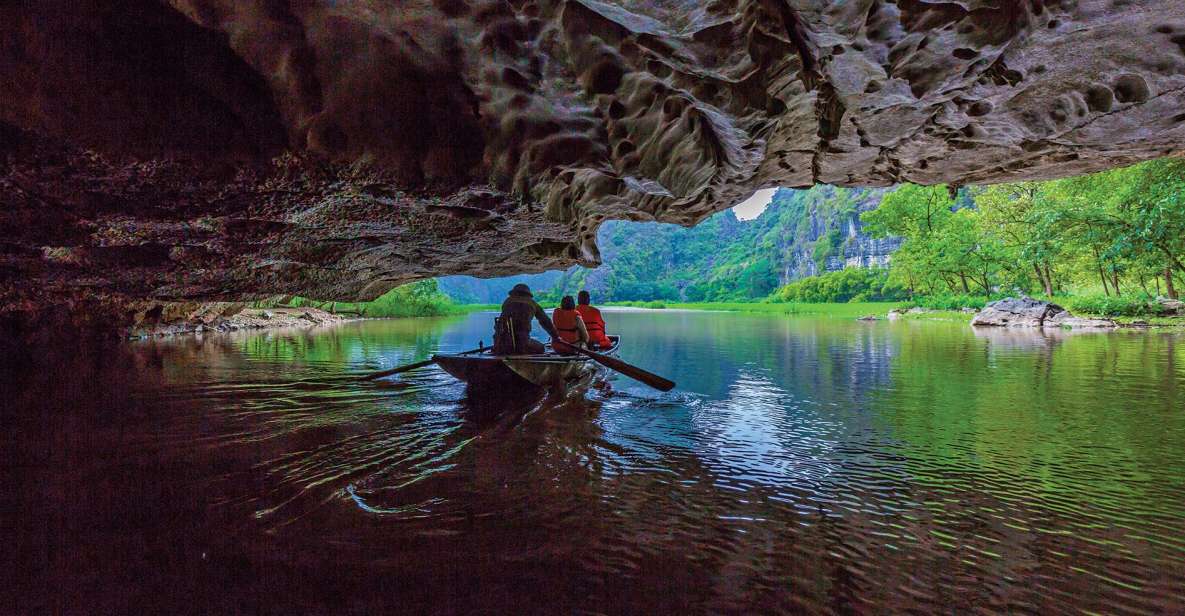Attractive places for Yangon Myanmar travel itinerary
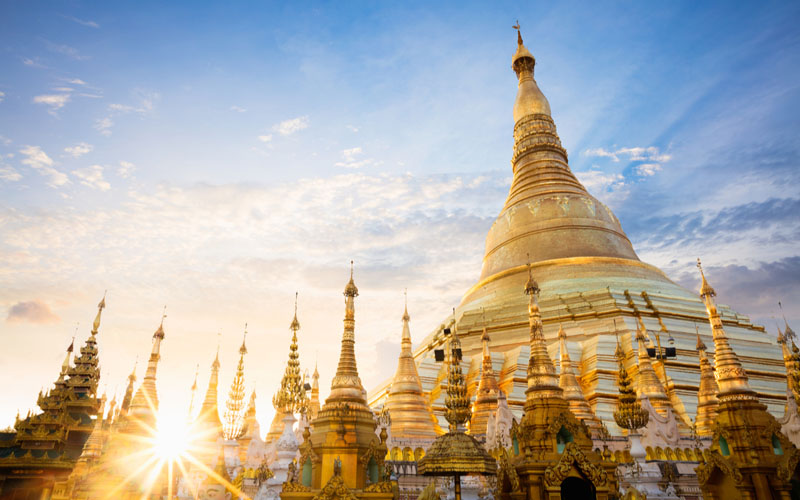
We arrived at Yangon airport on a flight from Vietnam. Yangon International Airport is big and beautiful with many long, attractive halls, and always busy. Yangon, also known as Rangoon, is the former capital of Myanmar and also the largest commercial center of Myanmar,
but Yangon is unlike any other city in Southeast Asia. We took a taxi from the airport to the city center about 15km along the busy main road.
There are many types of cars in Yangon, most of them are old cars with right-handed steering wheel on the same road.
There are very few motorbikes on the road, and occasionally there are a few three-wheeled bicycles that carry goods.
On the streets of Yangon as well as every corner of the Buddhist country, you will meet many monks.
The image of barefoot monks begging for alms has become a part of the culture and lifestyle of Myanmar people, highly respected by tourists. important.
The people here are also extremely friendly and lovely, always welcoming us with a smile of sincere hospitality.
This is a plus point that makes the tourist’s journey always warm, comfortable and reliable no matter where in the city.
For convenience during our journey in Yangon, we chose to stay at a location near the city’s central train station.
Train station Yangon
In Yangon, there are many buildings with an ancient appearance, tinged with time, Yangon train station on Kun Chan street is no exception.
Myanmar’s railway dates back to the colonial period,
Yangon station is planned on a large area with infrastructure that seems to be planned for the very distant future in contrast to the scenery from the station to the services that are all old. old.
Walking along the stairs to the station, we seemed lost in the past, from the ticket counter to the wooden benches, signs, and undulating corrugated iron roofs all exuding the color of time.
Standing on the high overpass looking at the station platform, people wearing Longyi flitted back and forth, stood, sat or wandered somewhere to look
at the Pigeons feeding on the station platform, waiting for the train to arrive. Thanks to that, we learned more about another side of Myanmar’s social life.
From Yangon station, you can take a short route around the city with a length of 46km and 39 stops to see the lives of indigenous people at each stop or pass by roadside markets or go to Mandalay by train in about 10 minutes.
15 hours is also an interesting experience if you want to experience the means of transportation in Myanmar.
Chinatown
Like many other places in the world, there are Chinese communities living, in Yangon there is also a Chinatown,
this is like a miniature China in the heart of Myanmar.
When walking around this neighborhood, in addition to shopping for items, we also saw the daily lives of the residents here and many delicious and unique foods.
Swedagon Pagoda Yangon
Swedagon Pagoda, also known as the Golden Pagoda, is the most mentioned pagoda in Yangon.
The pagoda is located on Singuttara hill so the pagoda can be seen from many different corners of the city.
Shwedagon Pagoda is considered the most sacred pagoda in Myanmar, its stupa is about 99m high and is plated with gold and studded with diamonds.
According to Myanmar Buddhist legend, there were two merchant brothers who came to do business in Balkh, present-day Afghanistan.
On the way back, they met Buddha Shakyamuni and were accepted by the Buddha as disciples and given 8 relics. hair.
When they returned, they went to Myanmar and King Okkalapa helped find Singuttara hill near the capital to build a stupa to worship the eight hairs,
which is today’s Shwedagon Pagoda. Around the pagoda, many Buddhist treasures are kept such as:
the stick of Buddha Cau Luu Ton, a piece of Buddha Kasyapa’s shirt and the water filter of Buddha Cau Na Ham.
According to legend, the pagoda was built about 2,500 years ago.
According to archaeologists,…
According to archaeologists, the pagoda was built in the 6th to 10th centuries.
Over time, the pagoda has experienced many changes of nature and impacts. of people, through many times of repair and restoration, the pagoda has achieved its beauty today.
The pagoda has 4 entrances, all gates are guarded by Chinthes (a lion with a white body and a yellow head in Myanmar mythology) and is open from 4:00 a.m. to 10:00 p.m. In the afternoon, there are often many tourists and Buddhists coming to visit and worship. worship.
Going to the temple grounds, everyone is not allowed to wear shoes, so the temple grounds are very clean. Around 4:00 p.m.,
there are often many groups of Buddhists carrying brooms standing in rows to sweep the entire temple grounds. We are no exception when visiting the temple from 3:00 p.m. until sunset.
Independence Monument Yangon
The Independence Monument located in the central park in Yangon was built in 1948 to mark the important milestone of
Myanmar’s independence from the British by one of the architects of the nearby city hall.
The 46m high monument and 5 surrounding small pillars are 9m high, surrounded by two concentric circles of the half-lion, half-dragon god in Myanmar tradition called Chinthe.
Walking around the memorial, you can read the plaques summarizing the history and see some bronze lions
Chaukhtatgyi reclining Buddha temple
Chaukhtatgyi Pagoda in Yangon is a famous pagoda and has special spiritual significance in Myanmar.
The temple is very beautiful and sacred. In particular, inside the pagoda there is a giant reclining Buddha statue with a length of 65m and a height of 30m with majestic and impressive beauty.
The Buddha image lying at Chaukhtatgyi Pagoda is one of the most revered Buddha images in Myanmar.
The statue’s porcelain face is lively, compassionate and gentle with large, bright blue eyes.
The statue was created by the talented hands of ancient Burmese artisans. They breathed into the statue both soul and faith with a beauty that touches people’s hearts. The feet of the Buddha statue are also elaborately decorated with 108 sacred Buddhist symbols.
The reclining Buddha statue is a special highlight that attracts many tourists on their journey to visit Myanmar.
Tourists, especially Buddhists, cannot miss the unique Chaukhtatgyi Pagoda. The temple is not only aesthetically beautiful but also a place that brings peace of mind and relaxation to the soul when looking towards the Buddha realm.
Kandawgyi Park Yangon
Kandawgyi Nature Park is like a quiet note in the bustling bustle of Yangon. You will find a quiet moment when you come to Kandawgyi Park, which is always green and leafy and extremely quiet.
Kandawgyi Park Garden is located on Natmauk Road and Kandawgyi Kanpat Road, and is a favorite destination for nature lovers. Kandawgyi Lake is beautifully calm as it reflects the colors of the sky. There are playgrounds and picnic areas that are suitable for families to roam and children to play.
Visiting Kandawgyi Park is one of the interesting discoveries when coming to Yangon. Visitors can enjoy immersing themselves in the quiet and gentle nature. The park also has a large lake, visitors can take a boat along the lake shore to enjoy the beautiful scenery around the garden, under the shade of large green trees.
Along the lakeshore is the unique and beautiful floating palace Karaweik, built based on the model of the Myanmar royal boat.
It is easy to conquer any tourist who has ever seen the attractive beauty of Kandawgyi Lake.
Sule Pagoda and City Hall building
Sule Pagoda is located right at the intersection of the city center and has the typical architectural features of the Mon ethnic group,
with a dome structure topped with a spiral that makes people standing on the ground look up and feel that the spiral is long.
From top to bottom, looking from many angles, one can see the pagoda sparkling with golden light at dawn and dusk, attracting all eyes.
Around the pagoda there are 10 bronze bells engraved with the names of those
who come to make offerings and 8 Buddhas symbolizing the 7 days of the week,
especially on Wednesday there are 2 Buddhas because it is Buddha’s day.
According to the Myanmar Buddhist legend about the Buddha giving 8 hairs to two Myanmar merchants, Sule Pagoda is a destination not to be missed because it preserves 1 of those 8 hairs.
Right next to Sule Pagoda is Yangon’s city hall designed by the same architect who designed the central train station.
The building was built between 1926 and 1936 with the highlight being the traditional rooftops called
Pyatthat and decorated with traditional details such as snakes, peacocks, and three-story turrets.
This is one of the few remaining colonial-era buildings in Yangon.
After visiting the prominent destinations in Yangon as planned, we also spent time walking on the streets
to learn more about the daily life of the city as well as taste many traditional Myanmar dishes.
These experiences help us understand and love the country and people of the land of golden
pagodas more and more, and love Yangon more, a city that is both modern and ancient with exquisite architectural works and unique cultural features.
